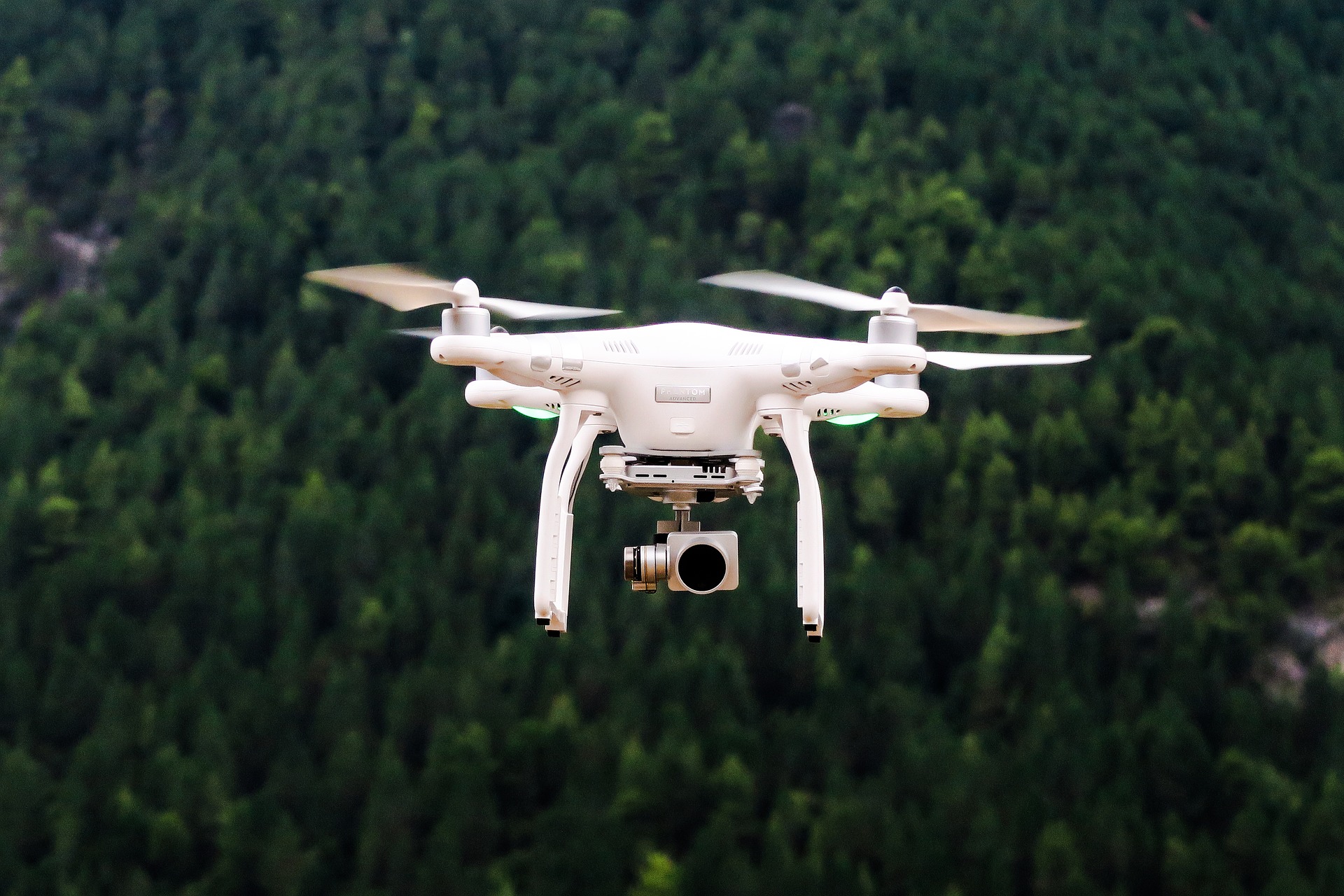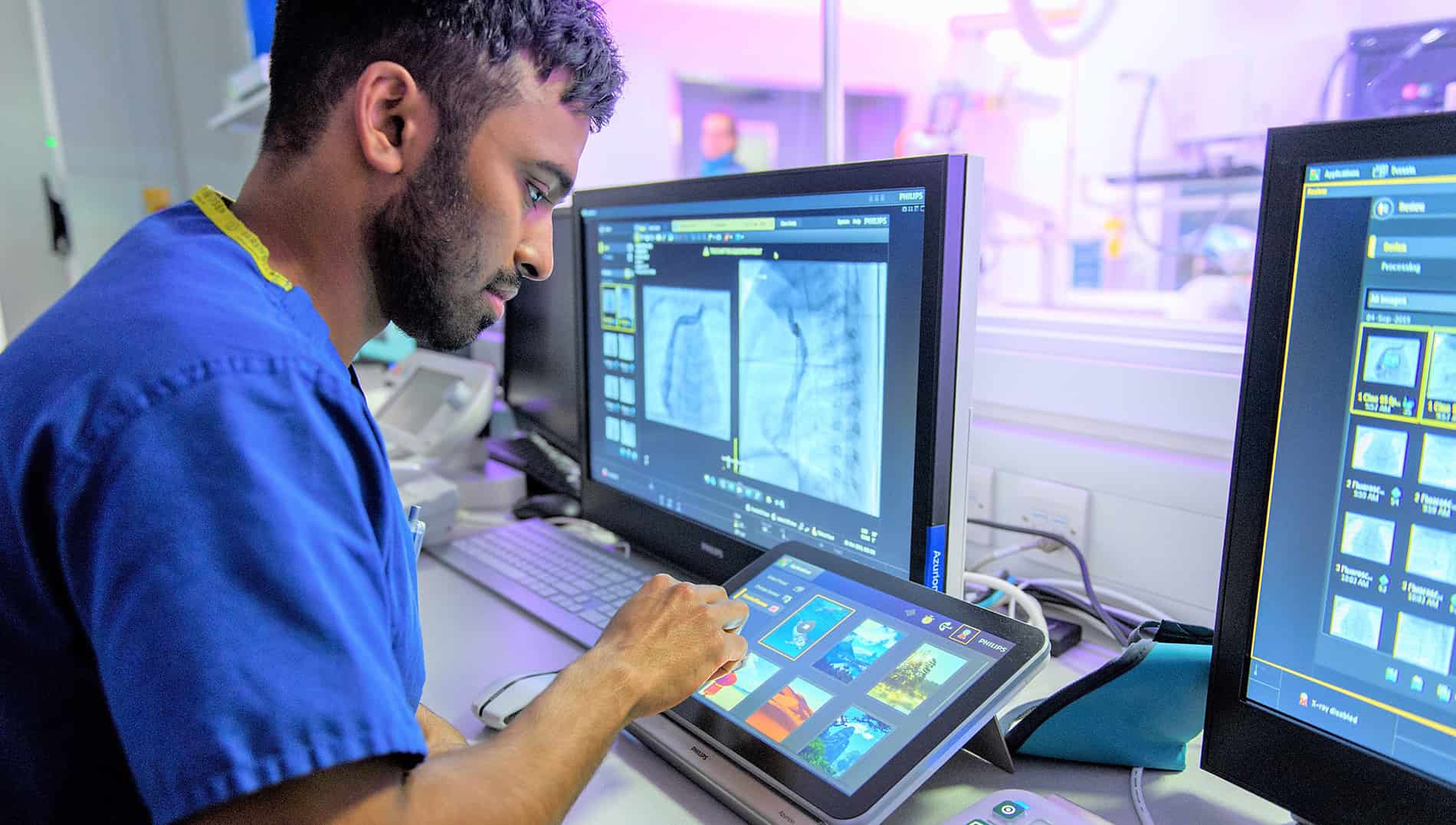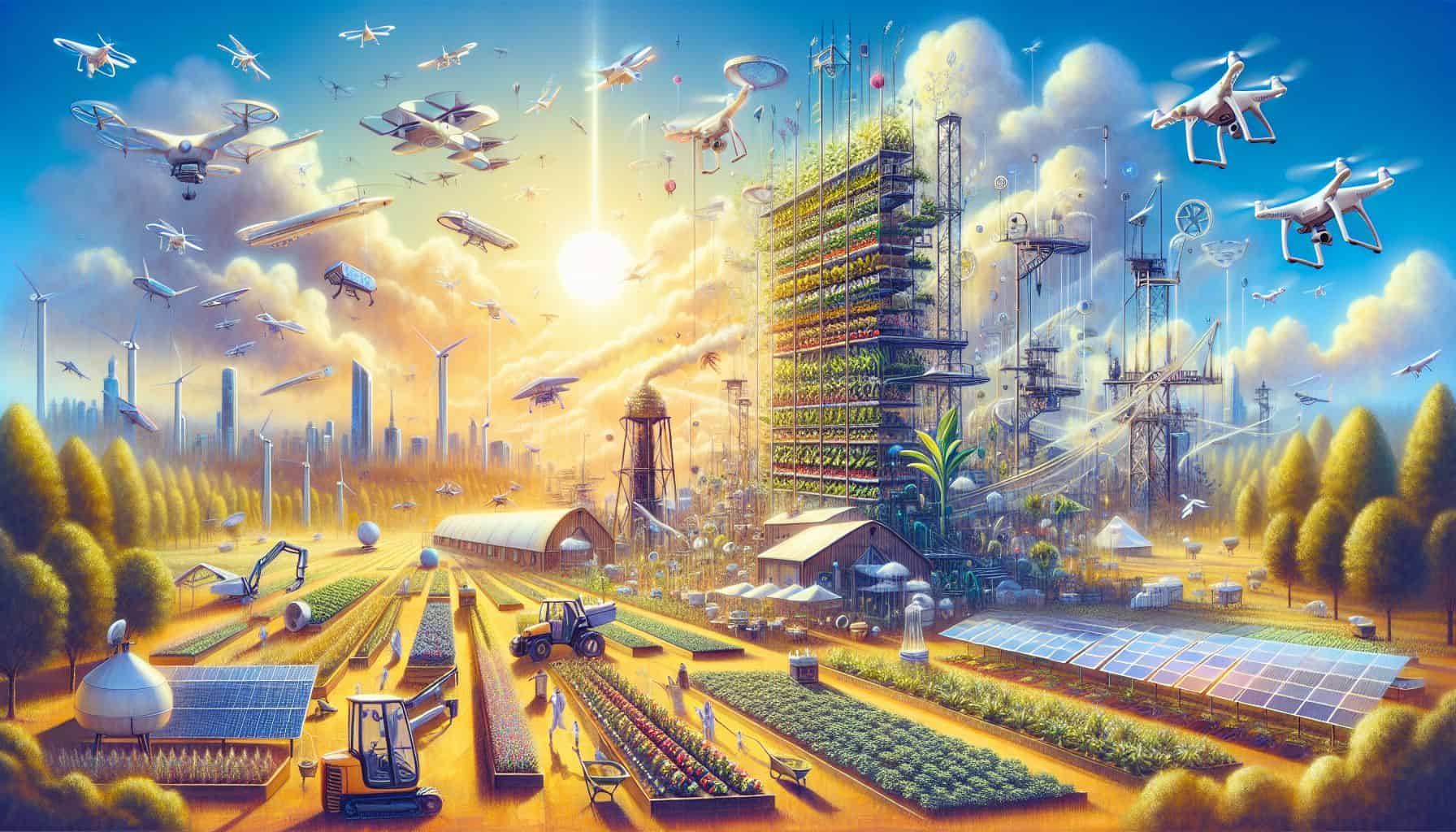
Many people simply can’t wait for it: The fast and stable 5G network. It is the successor to the current 3G and 4G networks. The technology itself offers numerous benefits for consumers and businesses. TNO has been conducting international research into its applications for many years. The technology can play a major role in addressing all kinds of societal challenges. “It is valuable for self-driving cars, for emergency services such as the police and ambulance service, for agriculture, and for a whole host of other applications,” says Jarmo Wilkens, 5G Consultant at the Netherlands Organisation for Applied Scientific Research (TNO).
For the time being, it’s mainly gamers who are wildly enthusiastic about it. After all, such a lightning-fast and stable 5G internet connection makes the best gaming experience possible. The technology is not yet widely available, but recently a handful of gamers were in luck. Puxque from Eindhoven and Milan Knol from Groningen competed with two teams against each other in a VR battle in a virtual arena from two different locations in the Netherlands.
Gaming world is an early adopter
Milan Knol’s team made use of the 5G setup provided by TNO, VodafoneZiggo and VMware in the Dutch town of Hoogezand. The gaming world is an early adopter of the technology and TNO is using the battle to demonstrate what the requirements are for applying 5G in practice. After all, any experience gained can eventually be useful for other purposes. Using the indoor 5G connection and a fast local network, the gamers got to grips with extremely quick reaction times and enjoyed sharp image quality.
Thanks to the wireless 5G connection, the gamers could also move around freely, which also enhances the gaming experience. René Visser co-founder of the 5G Hub and SR External Affairs Manager VodafoneZiggo: “I am tremendously proud that we have shared this use case with all of our partners with the rest of the world. It just goes to show that together, we really can make the world a little bit better and everyone can be connected to each other whenever you want.”
In the province of Groningen, numerous applications of 5G are also being researched and tested in the areas of transportation, healthcare and agriculture. Read more about 5Groningen here.
5G and Virtual Reality
But the applications for 5G don’t stop with the gaming world. For one thing, the technology is also being used in other VR applications. Tom De Koninck, Senior Consultant Media Networks, sees that 5G is gaining momentum in this area. Among other things, he is concerned about ‘5G edge computing, i.e., servers that can quickly process and transmit data and images. Over the coming years, this technology will be rolled out further and this will improve VR experiences. De Koninck: “We do a lot of research on this at TNO. This technique is hugely important in all situations where reaction times play a role.”
We will see more and more applications for 5G in the VR world over the coming years which will make realistic, holographic imaging possible, for example. People can then interact with each other via VR or AR as if they are physically in a room together. TNO, for example, is doing pioneering research in the field of Social XR, whereby VR or AR are linked to a communication platform. “That’s really cool, because we can do an awful lot of different things with holographic communication,” says De Koninck. For example, even in times when physical visits are not possible, the elderly can contact their family members virtually.
Holographic connections can be useful even in a work setting. “Think, for example, of experts who can give advice remotely. A large manufacturer would benefit enormously from this, for sure. Has a machine broken down in Taiwan? Then it can be repaired within an hour with the help of a holographic call from an expert in the United States.”
Self-driving cars and truck platooning
Plenty of research is also being done within TNO on 5G applications on roads. Several research projects are underway to prepare the 5G network infrastructure for self-driving cars. “These become safer and more efficient if they use information about the surrounding traffic,” says Wilkens. “In the future, people and cars driving in traffic will then be connected to the 5G network via sensors. Based on that data, vehicles can then make better decisions and become more ‘aware’ of their surroundings.”
Smooth transition from Dutch to a German network
The 5G-MOBIX project, which TNO is involved in, is looking at what happens to communication over the 5G network when cars cross the border into Germany. “If you drive to Germany, you’ve probably noticed that you then momentarily lose your network connection. When it comes to the application of 5G in self-driving cars, those kinds of problems are unacceptable. How do you make sure that there is a smooth transition from a Dutch network to a German one? That’s what we are researching at TNO, in collaboration with KPN.”
The project is also looking at how to deal with several different applications that need to be delivered at the same time but that place different demands on the network. Automatic-driving vehicles have different requirements for the data they want to use for automatic driving than, say, an internet user sitting in the back seat. How to differentiate between these different data streams, and how to tie in the right safeguards to them, is a key research question for 5G.
Truck platooning
On roads, 5G can also be used for applications in trucks, such as for truck platooning. Trucks drive automatically and directly behind each other in convoys of, for example, 3 to 5 trucks. This makes road transport faster, cheaper, cleaner and safer. “This idea is not new: truck platooning has been working for years with real-time communication whereby trucks are connected to each other using ITS-G5,” says Wilkens. “5G can play a role in accelerating the adoption of truck platooning on public roads. Through this network, trucks then receive additional information or can also share information about what is happening on the road, which can help reduce the risk of accidents.”
Agriculture, drones and robots
In agriculture, 5G is being used for such things as monitoring soil and optimizing crops. Evert van den Akker, Senior Business Developer Agrifoodtech at TNO, sees many uses of 5G for controlling drones turning up these days. “Drones are mostly used to survey the condition of crops. Take, for example, the moisture balance of an arable field.” At the moment, this is often done with cameras that do not have a 5G connection. The data must be stored in a drone, and then the recordings then have to be uploaded and processed by cloud technology. “But this is no longer necessary with 5G. You can transfer data directly through this connection.”
Robots and fields
The National Field Lab for Precision Farming (NPPL) recently demonstrated the potential of robotics in agriculture. It may seem like a long way off, but in the future, with the help of 5G, Van den Akker predicts that more and more robots will be driving independently over fields, in addition to drones, to carry out tasks such as harvesting and sowing. “Drones and robots help make agriculture more sustainable by collecting data and acting upon it, among other things. For example, to avoid the use of excess fertilizer.”
Gains to be made in agriculture
Last year, as part of the 5Groningen field lab, TNO conducted research into the opportunities and possibilities that 5G can offer the agricultural sector at home and abroad. In spite of the numerous opportunities offered by 5G applications in the agricultural sector, the roll-out of the technology is still sluggish. Gains can still definitely be made there, Van den Akker stresses. “I think it is especially important to get companies enthusiastic about adopting 5G by launching pilots and new projects around 5G. We need to break through the deadlock and develop new machines that can make use of the potential of 5G.”
5G: even more challenges
Although 5G opens up opportunities for society, aside from the challenges in the agricultural sector there are many more challenges to overcome. For example, much still needs to be done to ensure that the 5G infrastructure is ready for mass use, so that drones and self-driving cars, among others, can make use of it. “To roll out those kinds of applications more widely, we need to be able to count on a reliable and stable network,” Wilkens says. “Telecom companies play a crucial role in that.”
Besides that, TNO is also focusing on the impact of 5G on matters of privacy and security. According to De Koninck, there is still a lot to be accomplished there as well. “How secure is the data being sent? And who owns the data? Those are very important questions that are not that simple to answer.” De Koninck emphasizes as a consumer, you also have a freedom of choice in this. “Are you prepared to hand over a lot of data to large parties such as Facebook, or would you rather not do that and go for a more expensive alternative? These are questions that everyone needs to start thinking about.”
If you would like to know more in response to this article, please contact Jarmo Wilkens ([email protected]), Tom De Koninck ([email protected]), or visit www.tno.nl.
More on TNO and 5G can be found here








